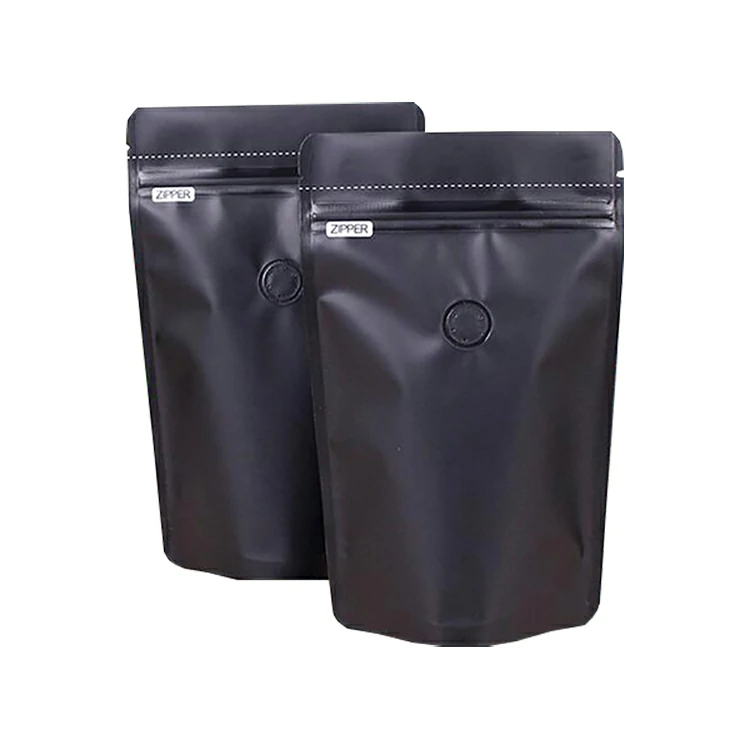Manufacturers address concerns about environmental impact in coffee bags production by implementing various strategies and practices aimed at reducing their carbon footprint, minimizing waste, and promoting sustainability.
Here are key ways in which manufacturers address environmental concerns in the production of coffee bags:
- Material Selection:
- Biodegradable and Compostable Materials: Manufacturers increasingly choose biodegradable or compostable materials for coffee bags. These materials break down more easily in the environment, reducing the long-term impact of packaging waste.
- Recyclable Materials: Selecting materials that are widely recyclable helps minimize the environmental impact. Manufacturers may use packaging materials with recycling codes indicating the type of plastic for easier recycling.
- Eco-Friendly Packaging Alternatives:
- Paper-Based Packaging: Some manufacturers opt for paper-based packaging as an eco-friendly alternative. Paper is biodegradable, recyclable, and often sourced from sustainable forestry practices.
- Bioplastics: Bioplastics derived from renewable resources, such as cornstarch or sugarcane, provide a more sustainable alternative to traditional plastics.
- Reducing Packaging Waste:
- Lightweight Designs: Designing lightweight coffee bags reduces the overall material usage and decreases the environmental impact associated with production, transportation, and disposal.
- Minimalist Packaging: Adopting minimalist packaging designs and eliminating unnecessary layers or components helps reduce waste and resource consumption.
- Recyclable Packaging Labels:
- Clear Recycling Labels: Including clear recycling labels on coffee bags provides consumers with information on how to properly dispose of the packaging. This encourages recycling and contributes to a more circular economy.
- Sustainable Printing Practices:
- Water-Based Inks: Using water-based or eco-friendly inks for printing reduces the environmental impact of the printing process.
- Printing Efficiency: Optimizing printing processes to minimize waste and reduce energy consumption contributes to overall sustainability.
- Energy-Efficient Manufacturing:
- Renewable Energy Sources: Transitioning to renewable energy sources, such as solar or wind power, for manufacturing processes reduces the carbon footprint associated with energy consumption.
- Energy-Efficient Equipment: Investing in energy-efficient machinery and equipment helps minimize energy usage during the production of coffee bags.
- Supply Chain Sustainability:
- Sustainable Sourcing: Ensuring that raw materials, coffee bags with valve including paper or plastic, are sourced from suppliers with sustainable practices contributes to a more environmentally friendly supply chain.
- Carbon Footprint Reduction: Collaborating with suppliers and logistics partners to reduce transportation-related emissions contributes to the overall sustainability of the supply chain.
- Waste Reduction and Recycling Programs:
- Internal Recycling Programs: Implementing internal recycling programs within manufacturing facilities helps reduce waste generated during the production process.
- Closed-Loop Systems: Establishing closed-loop systems for the collection, recycling, and reuse of packaging materials minimizes the impact on landfills.
- Product Lifecycle Assessments:
- Environmental Impact Assessments: Conducting product lifecycle assessments helps manufacturers understand the overall environmental impact of their coffee bags. This includes evaluating the impact from raw material extraction to disposal.
- Consumer Education:
- Educational Initiatives: Manufacturers engage in consumer education to raise awareness about the environmental impact of packaging. Providing information on proper disposal practices, recycling, and sustainability initiatives fosters responsible consumer behavior.
- Packaging Innovations:
- Reusable and Refillable Options: Developing reusable or refillable coffee packaging options promotes sustainability and reduces the need for single-use packaging.
- Innovative Designs: Manufacturers explore innovative packaging designs that minimize material usage while maintaining the freshness and quality of the coffee.
By incorporating these strategies into their practices, manufacturers contribute to more sustainable and environmentally friendly coffee bag production. This approach aligns with growing consumer preferences for products that prioritize environmental responsibility and sustainability.
